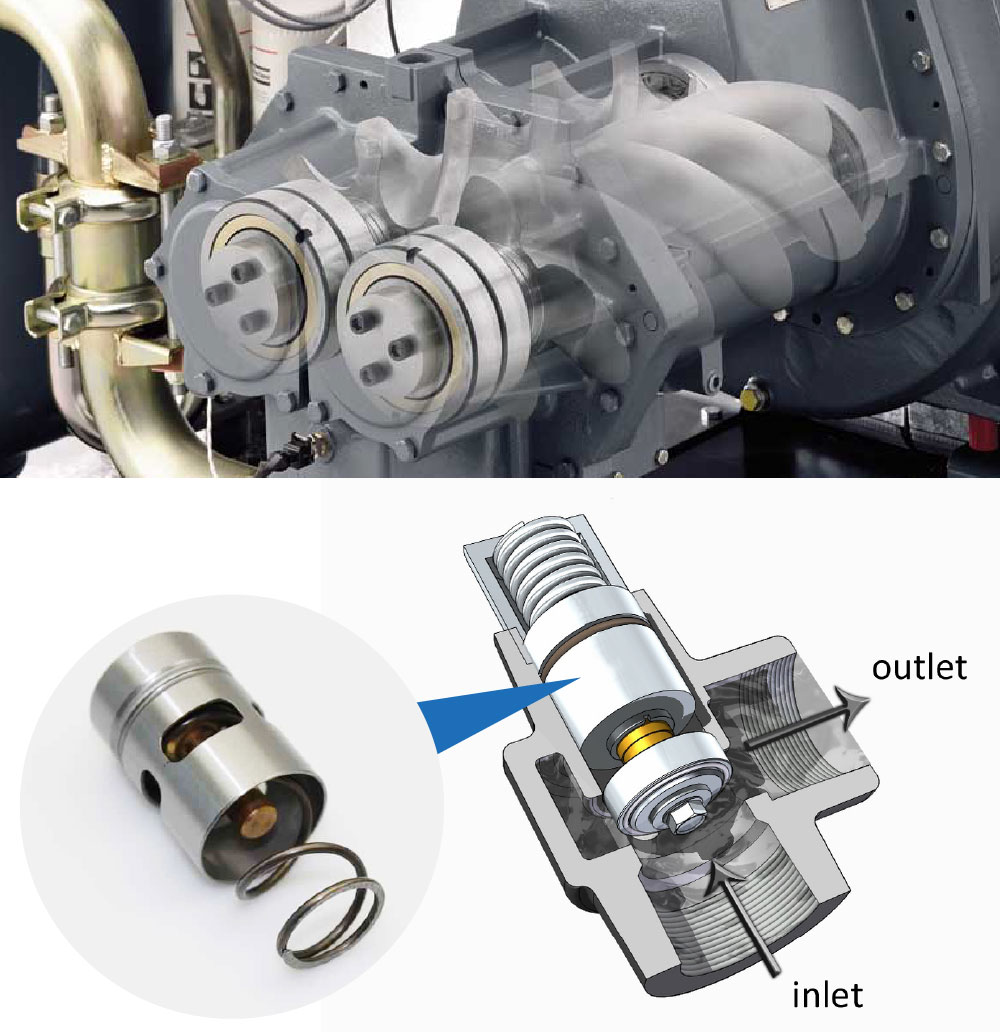An intelligent temperature controller based on System-on-a-Programmable-Chip (SOPC) is introduced. Using SOPC technology and NIOS II soft core processor in FPGA, intelligent tuning of PID parameters, real-time temperature detection and control are realized. Compared with the traditional solution, the Niche Immune PID temperature controller based on SOPC has the advantages of small overshoot and short adjustment time. The simulation results show the effectiveness of the scheme. Temperature is one of the most widely used and important process parameters in industrial production. Because the temperature has the characteristics of large inertia and lag, it is difficult to obtain better PID parameters manually in the process of PID control. When using intelligent optimization algorithms such as genetic algorithm and general immune algorithm to optimize the parameters of PID, it also faces the shortcomings of premature convergence and insufficient searching ability of the algorithm [2-3]. Niche immune algorithm is an intelligent parameter optimization algorithm which introduces niche mechanism into immune algorithm based on antibody concentration regulation mechanism and diversity preservation strategy. Applying this algorithm to the tuning of PID parameters, good performance PID parameters can be obtained.
In traditional solutions, most of them adopt temperature controllers [4-5], which are based on MCU, but they are difficult to solve the problem of performance overhead caused by real-time tuning of PID parameters by Niche Immune Algorithm [6]. Once MCU determines the type of chip, its internal resource allocation will also be determined, thermostatic element and subsequent system upgrades cannot be carried out.

This paper presents a design idea and implementation method of a niche immune PID temperature controller based on SOPC. On the basis of conventional temperature sensing circuit, the Niche Immune algorithm is used to calculate the optimal PID parameters in the current environment in real time for PID control, and the temperature is adjusted by PWM. This system takes the FPGA as the hardware core. Firstly, temperature parameters are collected by temperature sensors and sent to the NIOS II processor in the FPGA after A/D conversion. On the one hand, NIOS II processor sends the actual temperature parameters to the upper computer through UART serial module.
On the other hand, it calculates the Niche Immune Algorithm Based on temperature deviation to get the optimal PID parameters and controls the output control signal of the PWM module. The system architecture is shown in Figure 1. Among them, On-Chip Memory serves as the running space of the program, Flash serves as the storage space of the configuration file of the FPGA and the soft core file. The program stored in Flash is loaded into On-Chip Memory after the power-on of the FPGA, and the CFI controller core is provided by the IP core of SOPC Builder. The UART IP core provided by SOPC Builder is used as the interface to communicate with the host computer, and the PWM IP core designed by the third party is used to modulate the pulse of heating elements. This design uses the digital sensor chip SHT11 of Sensirion Company of Switzerland to collect temperature signals.
SHT11 integrates temperature sensing, humidity sensing, signal conversion, A/D conversion and storage functions into one chip, and automatically performs A/D conversion in the chip.
It can connect to the FPGA without additional external circuits.
SHT11 uses two-wire digital serial interface SCK and DATA, the specific circuit is shown in Figure 2. In this paper, SOPC technology and Niche Immune algorithm are applied to traditional PID control. A design method of temperature controller based on SOPC Niche Immune algorithm is proposed, which solves the problem of optimum PID parameters in temperature control. Through the experiment of optimizing the PID parameters of Niche Immune algorithm, it is proved that the performance of the PID controller obtained by this algorithm is better.
